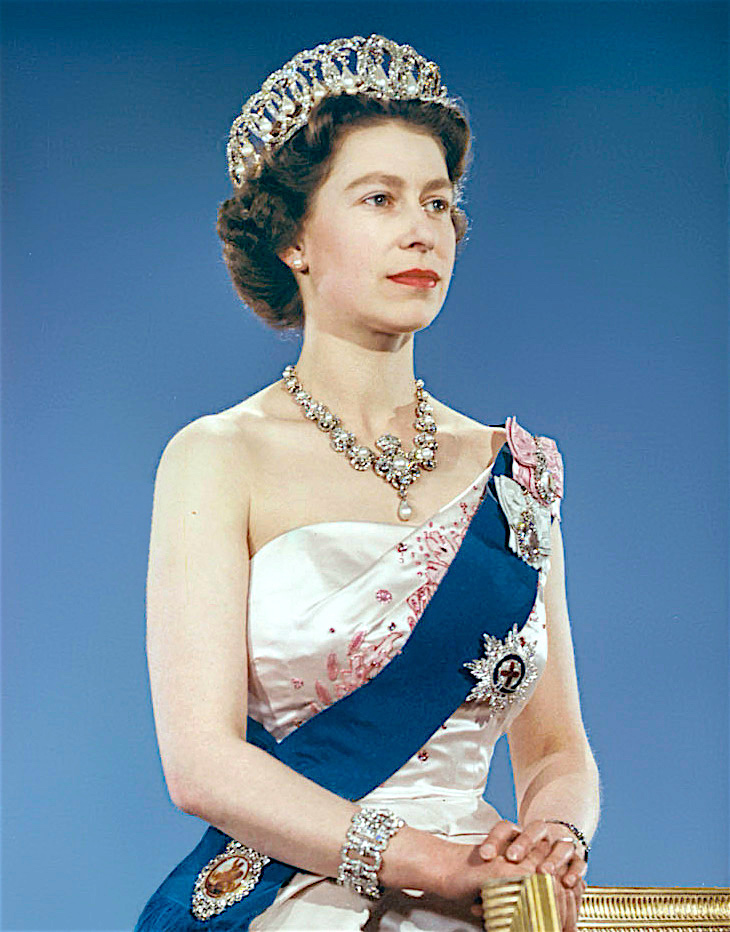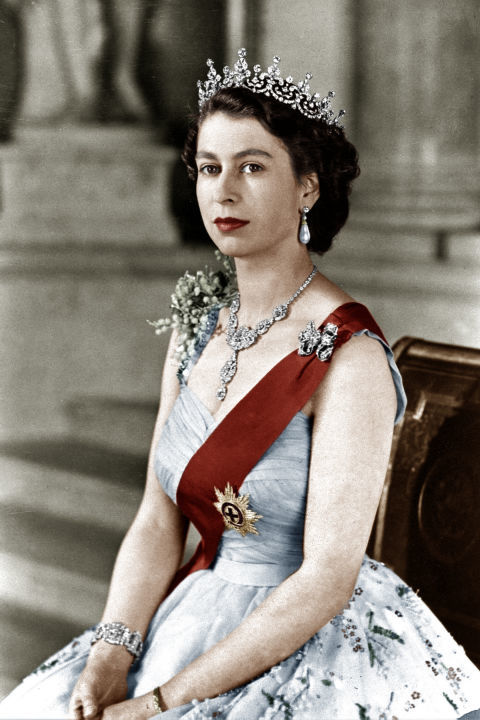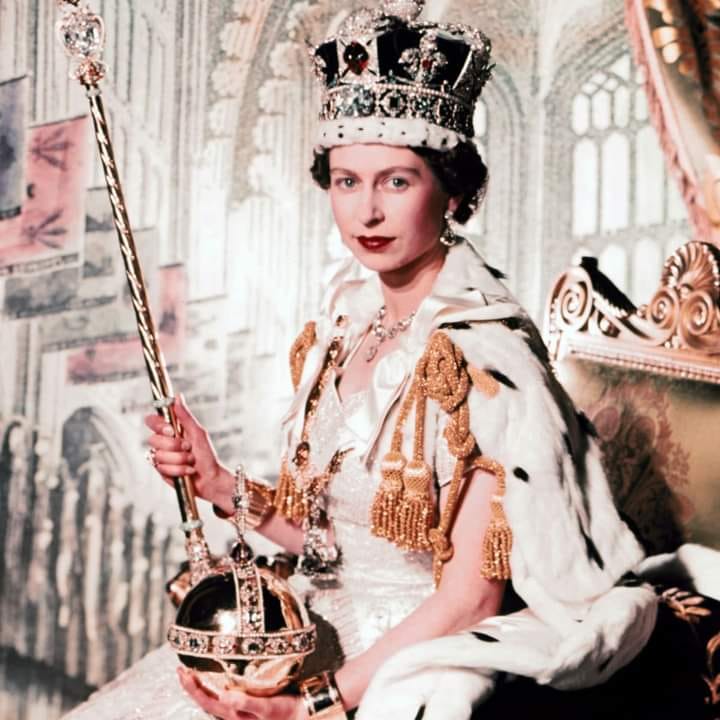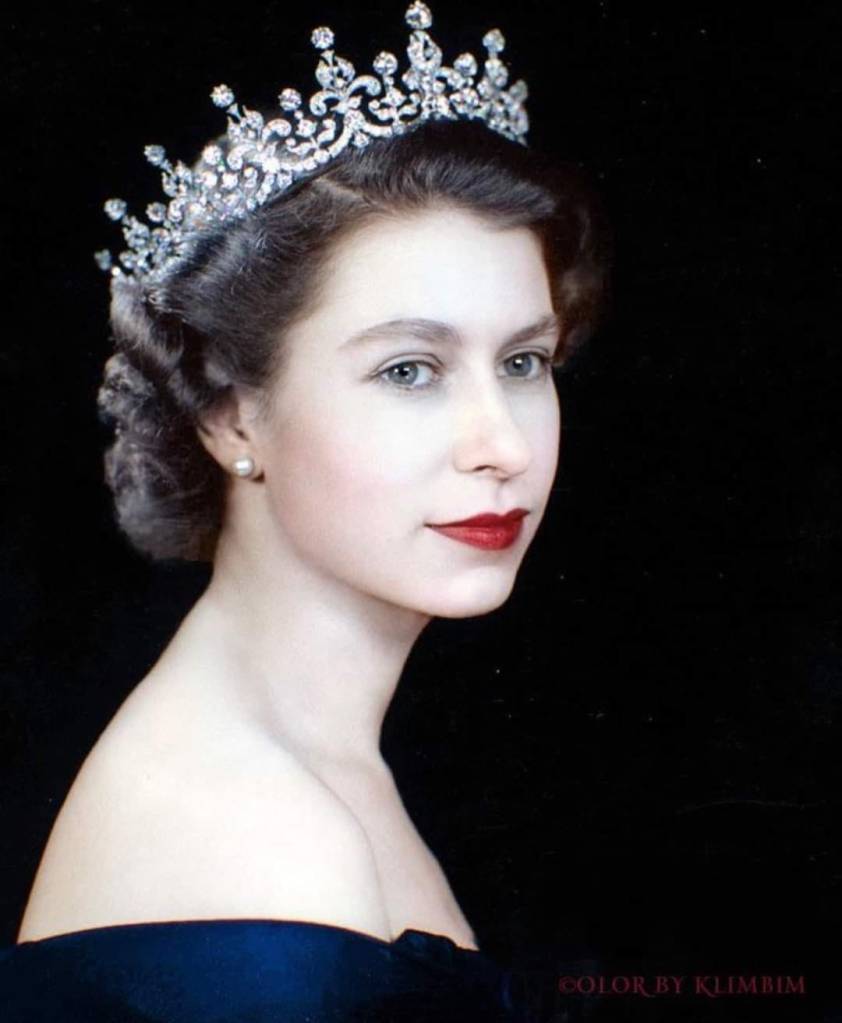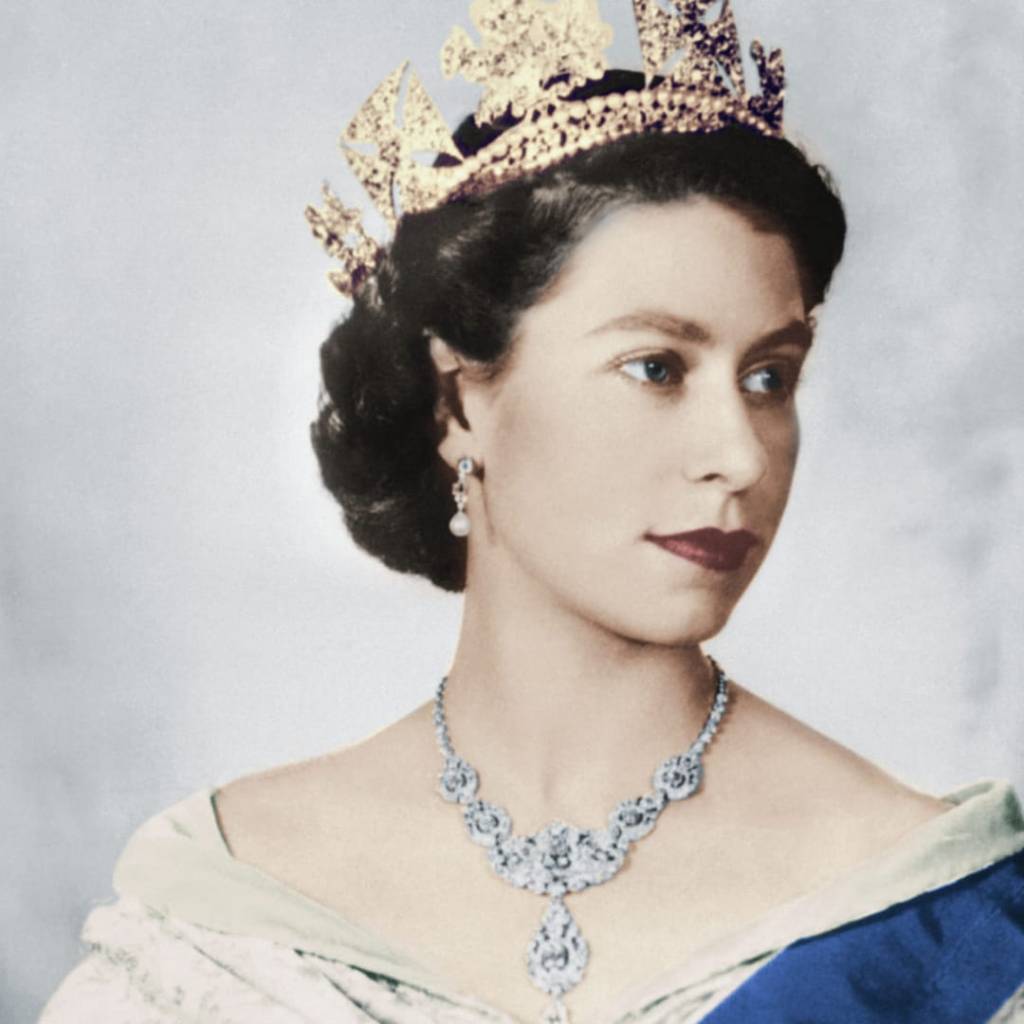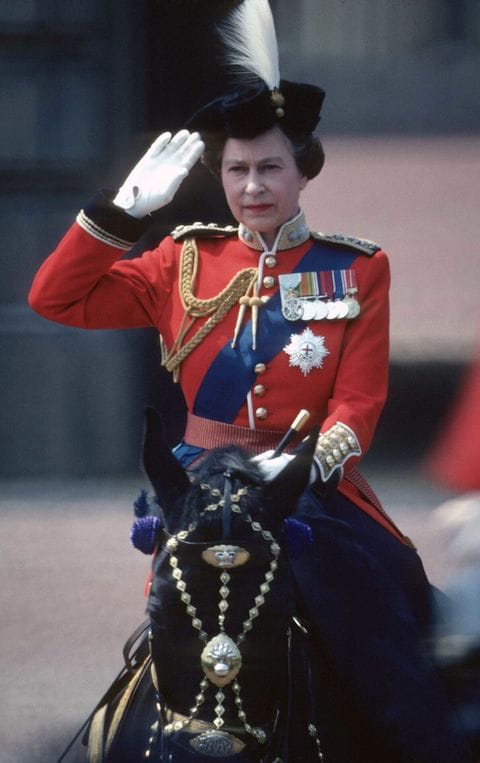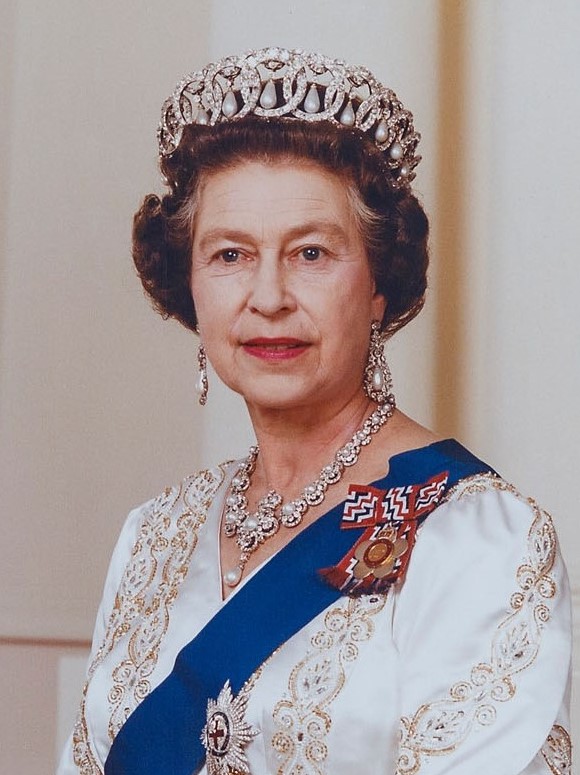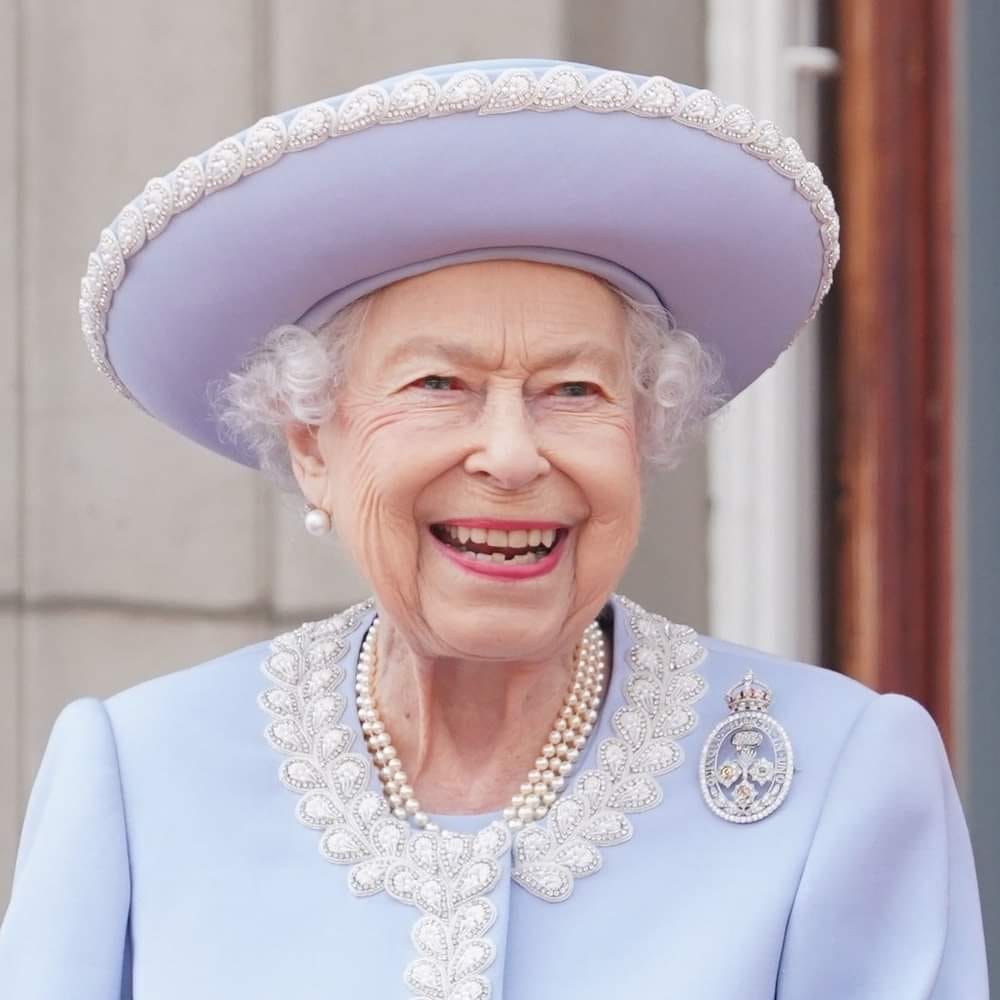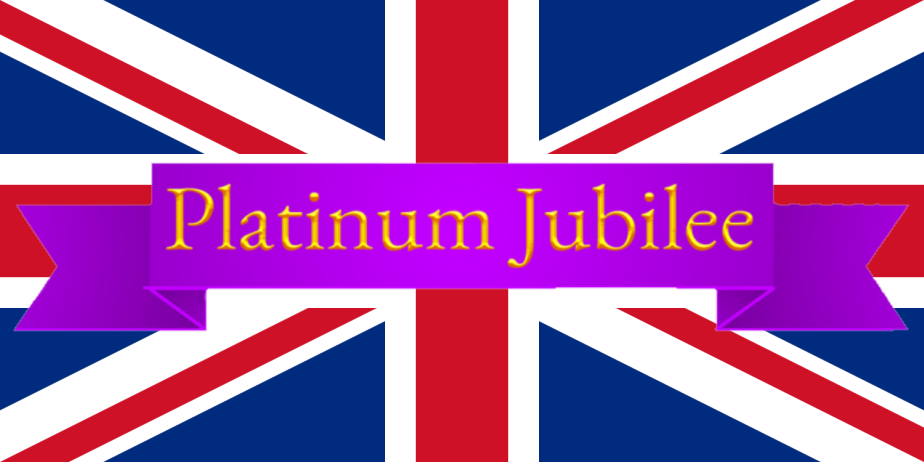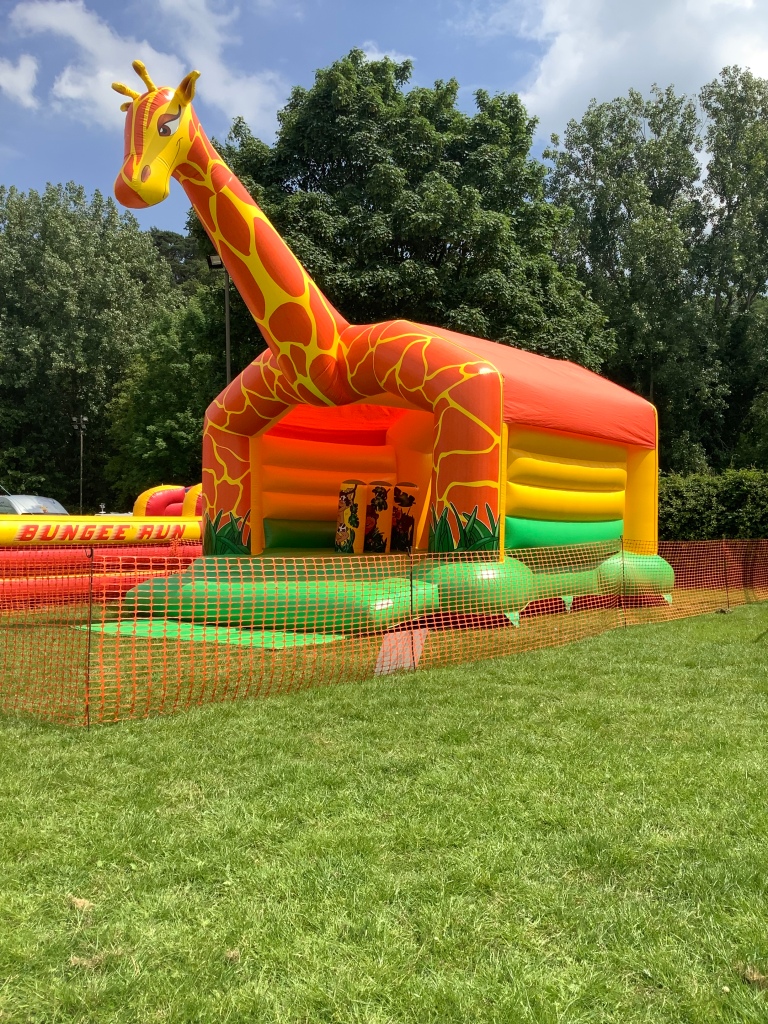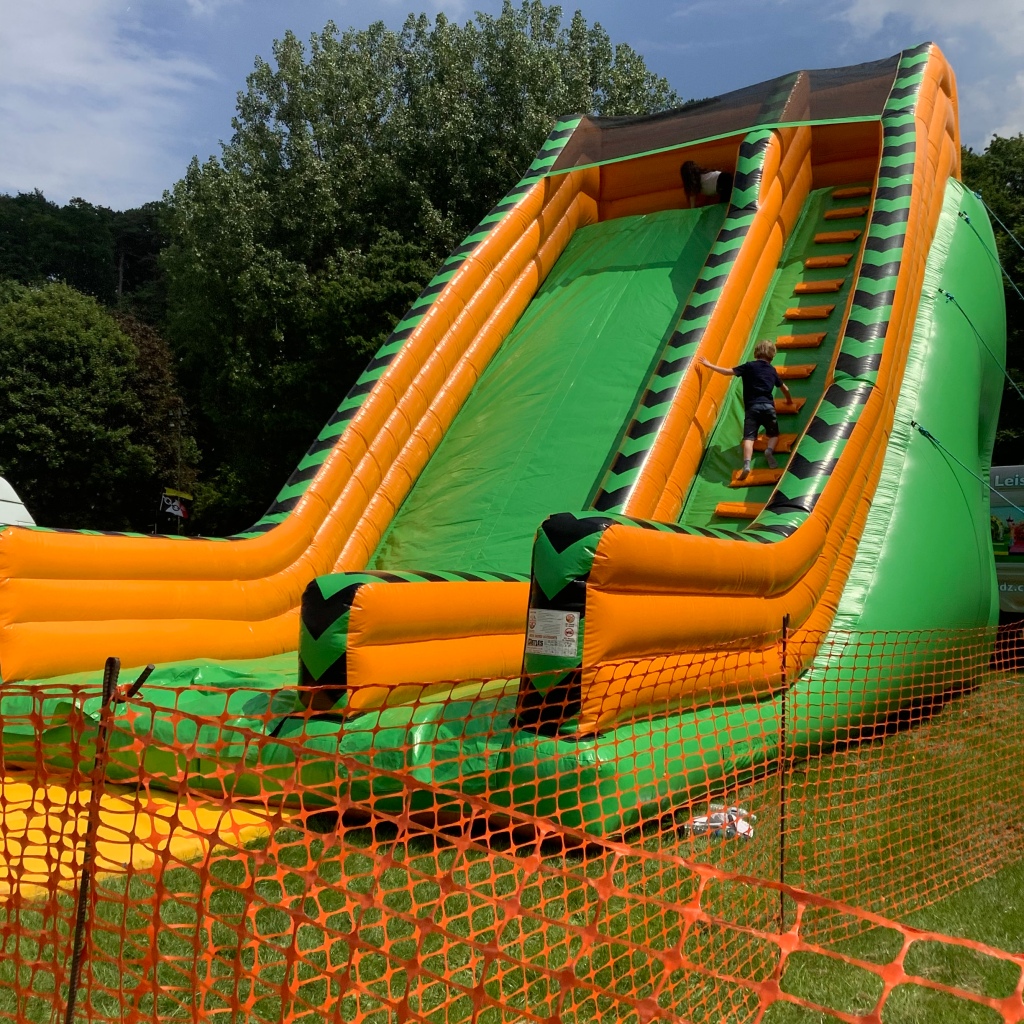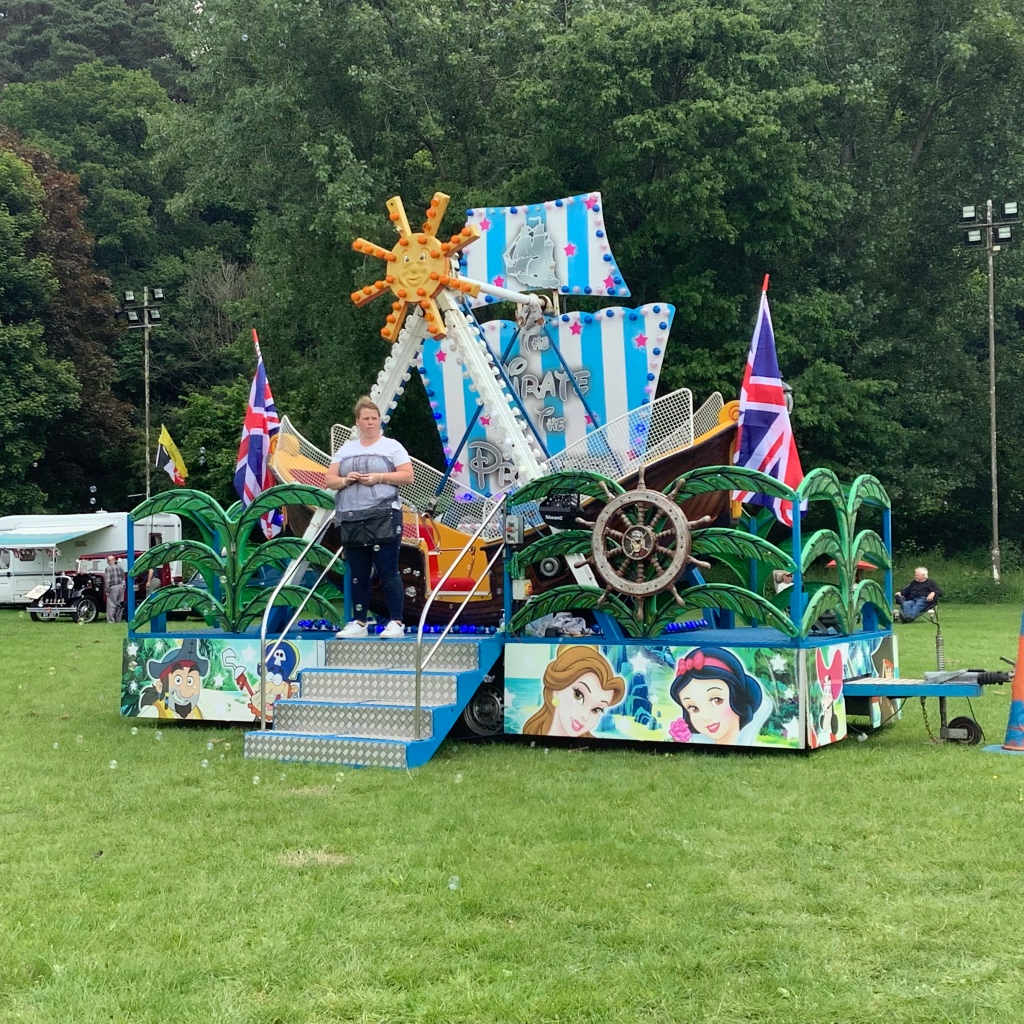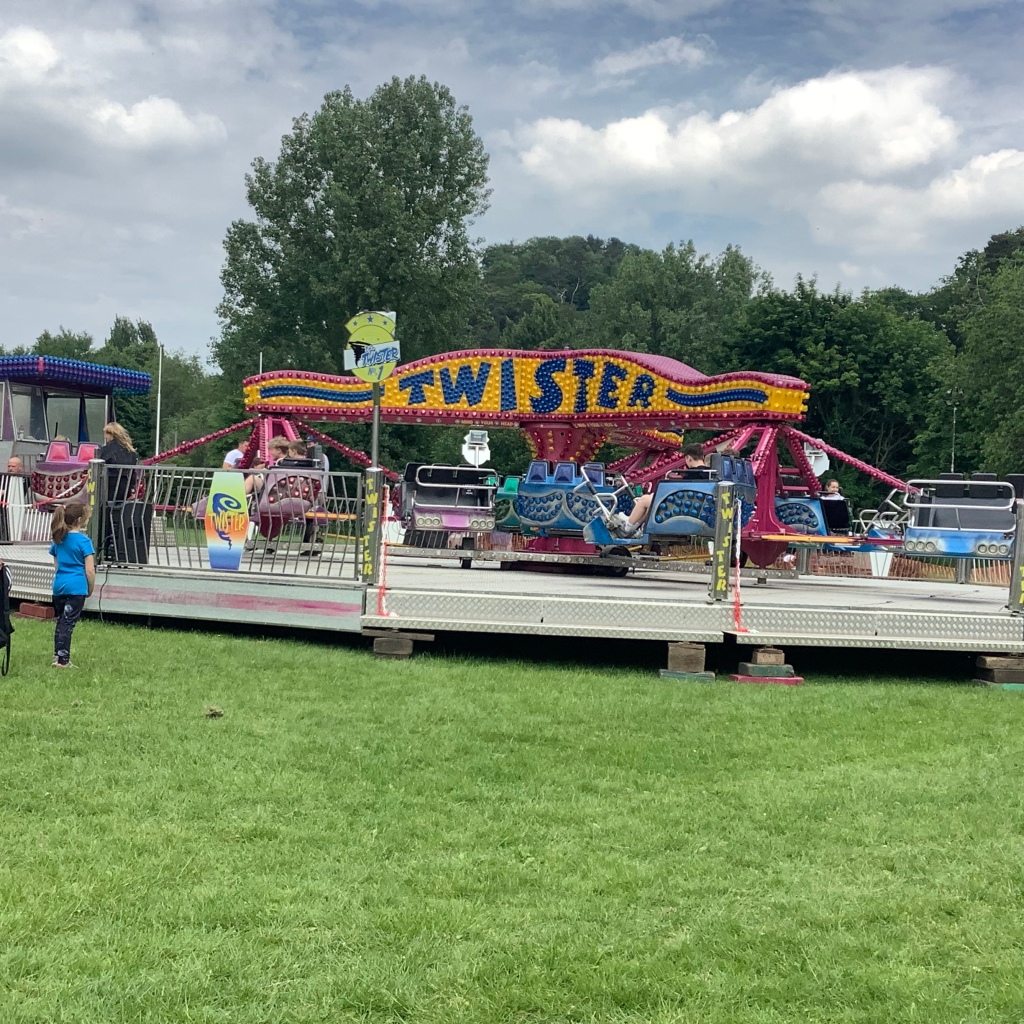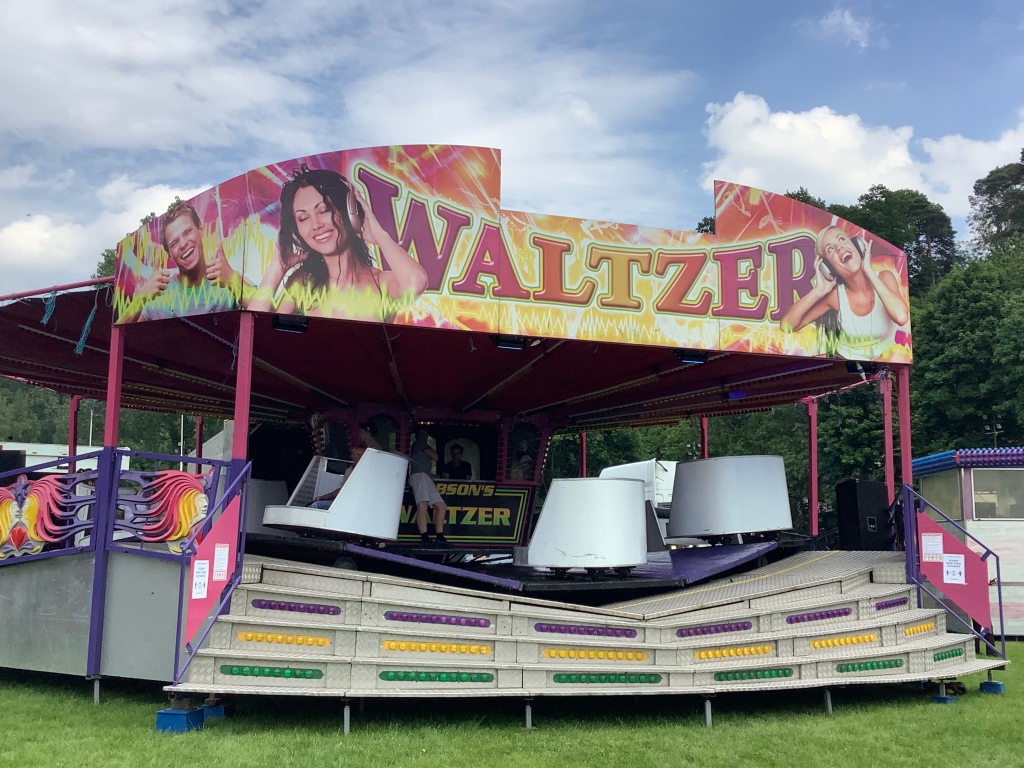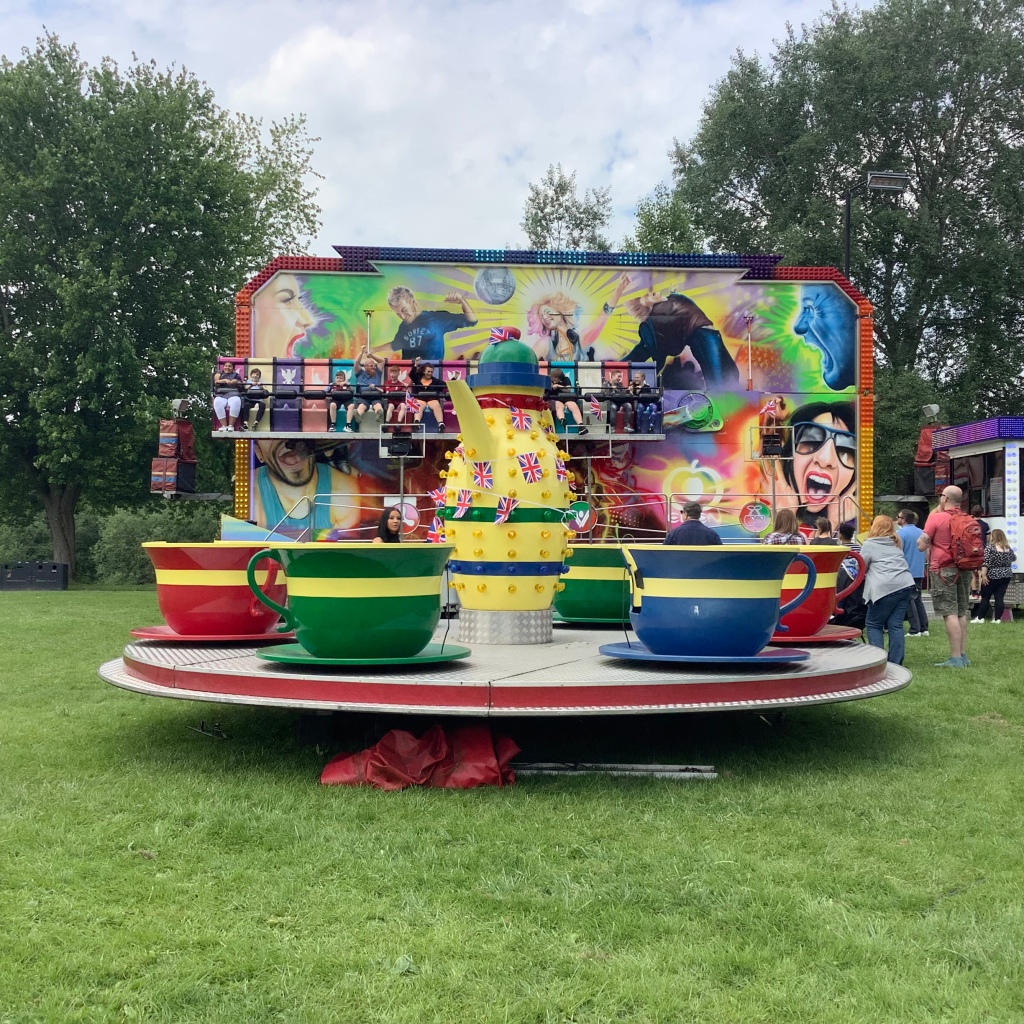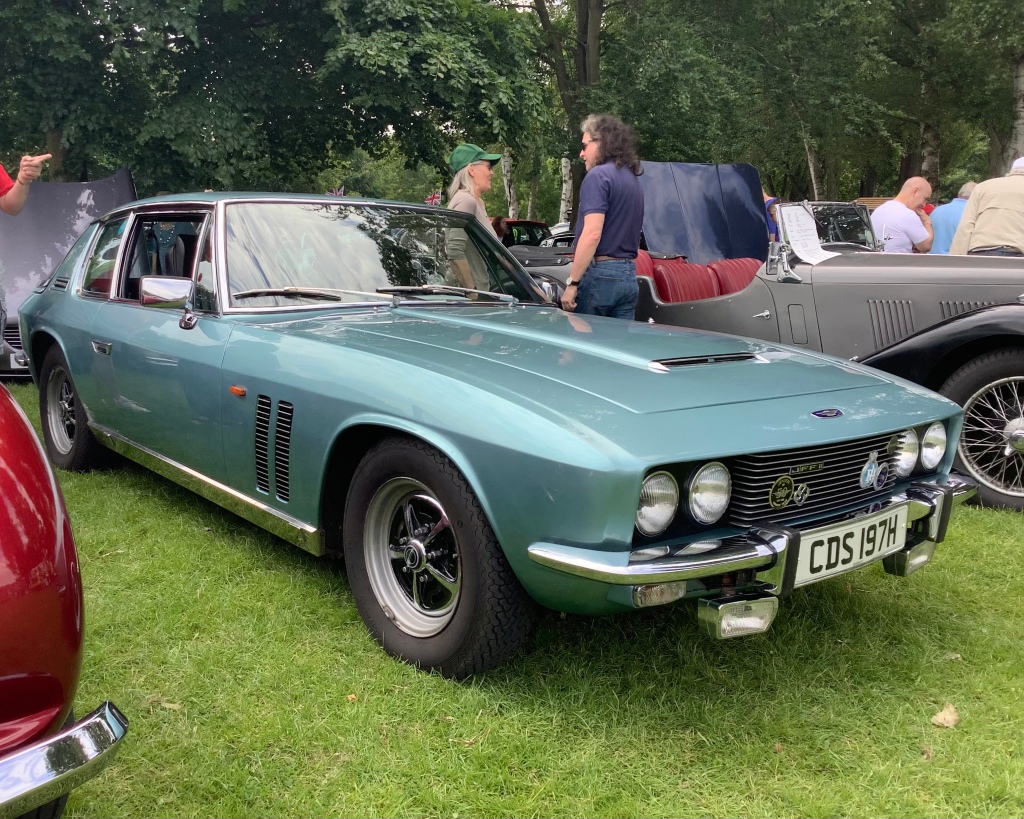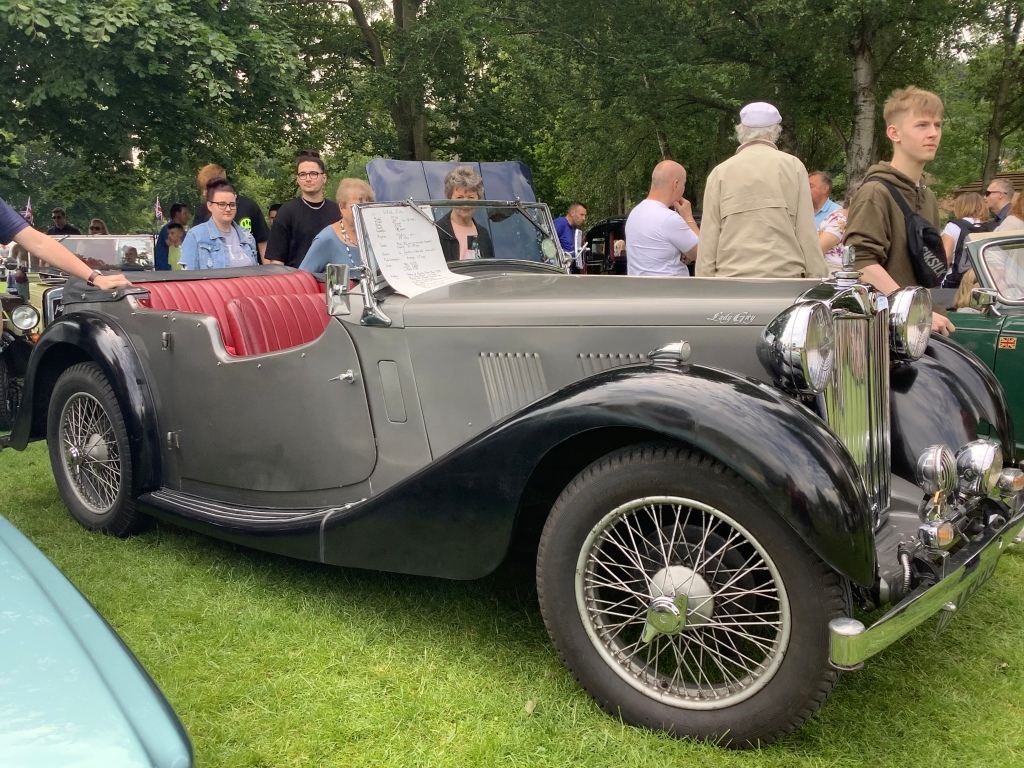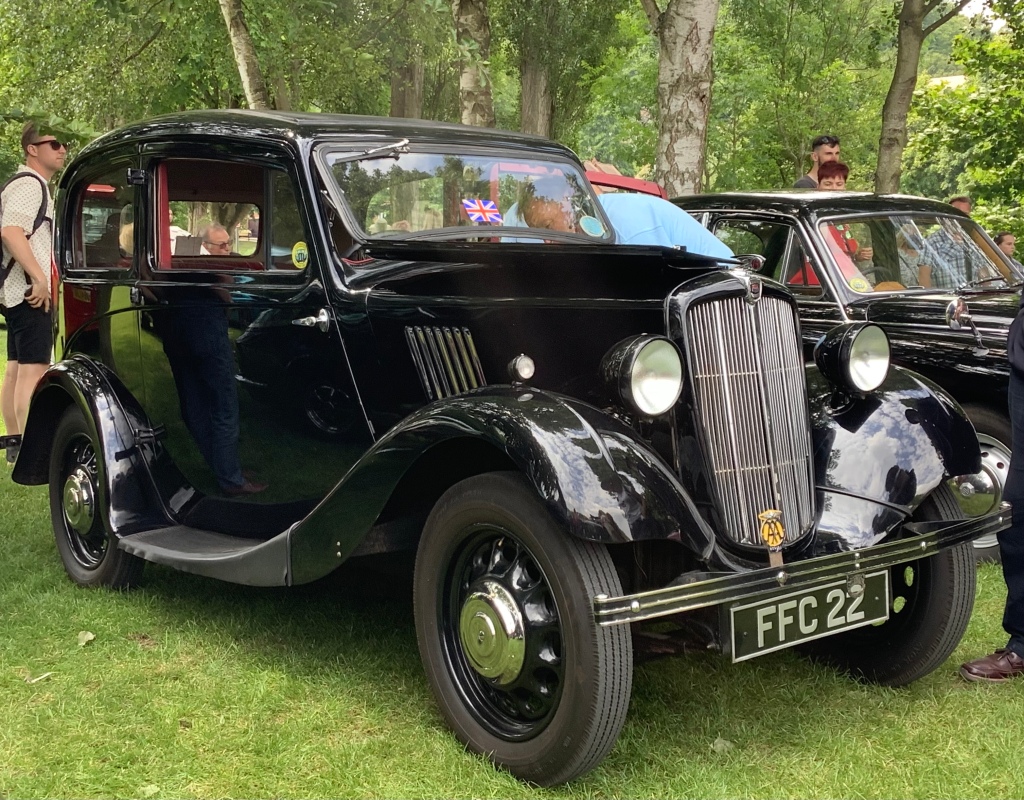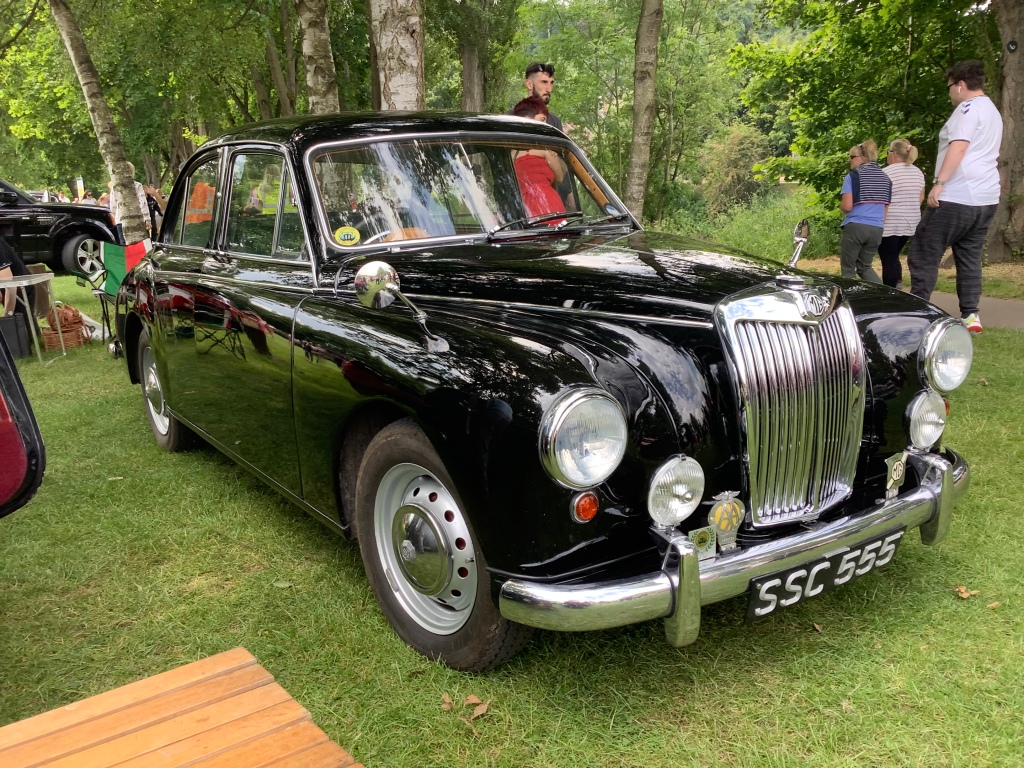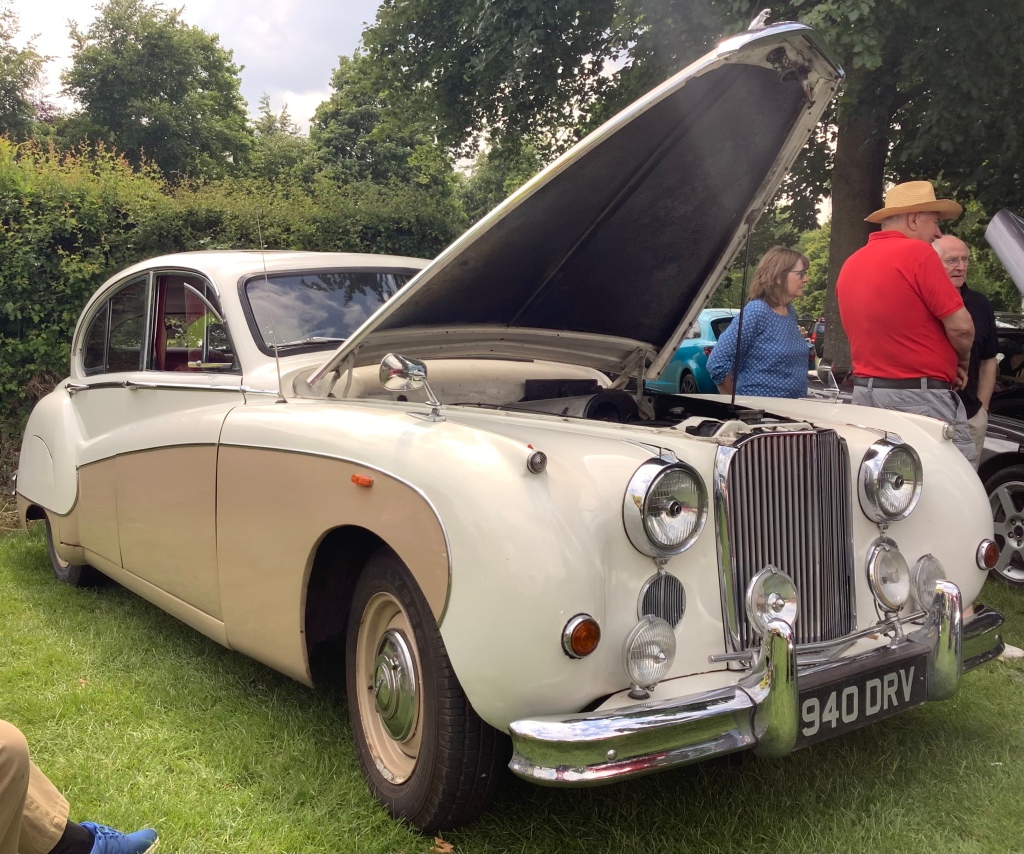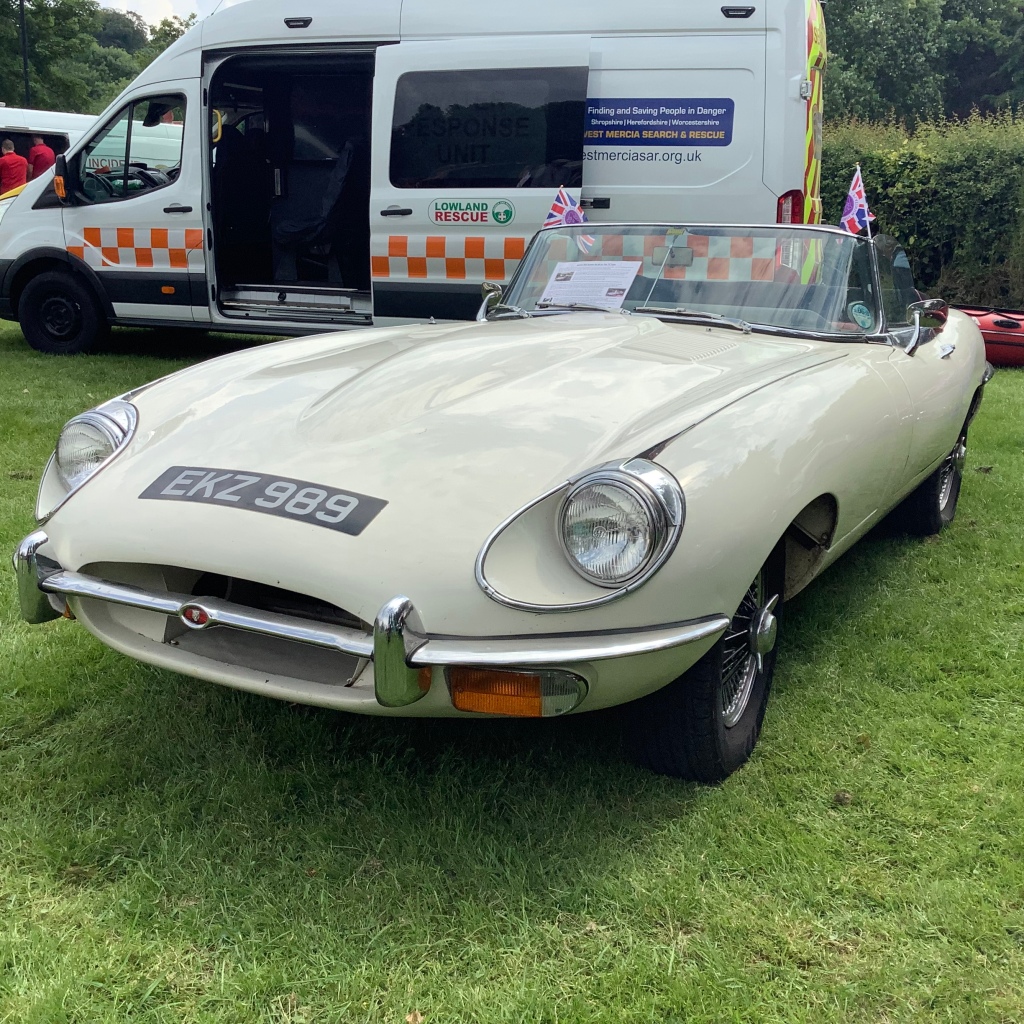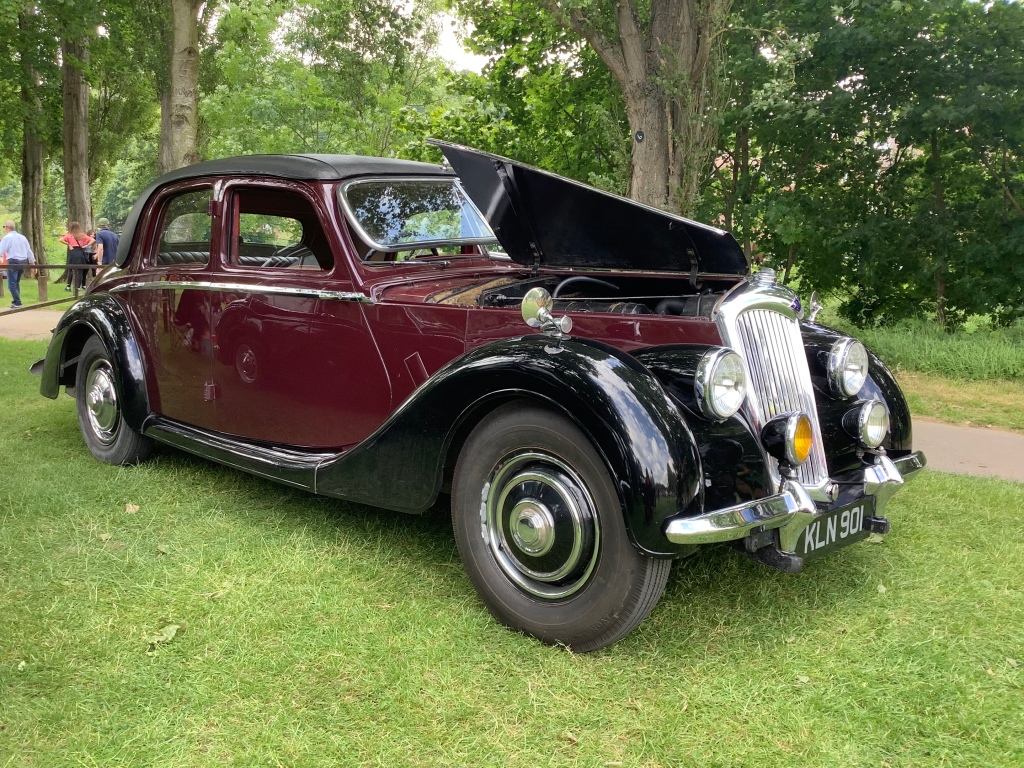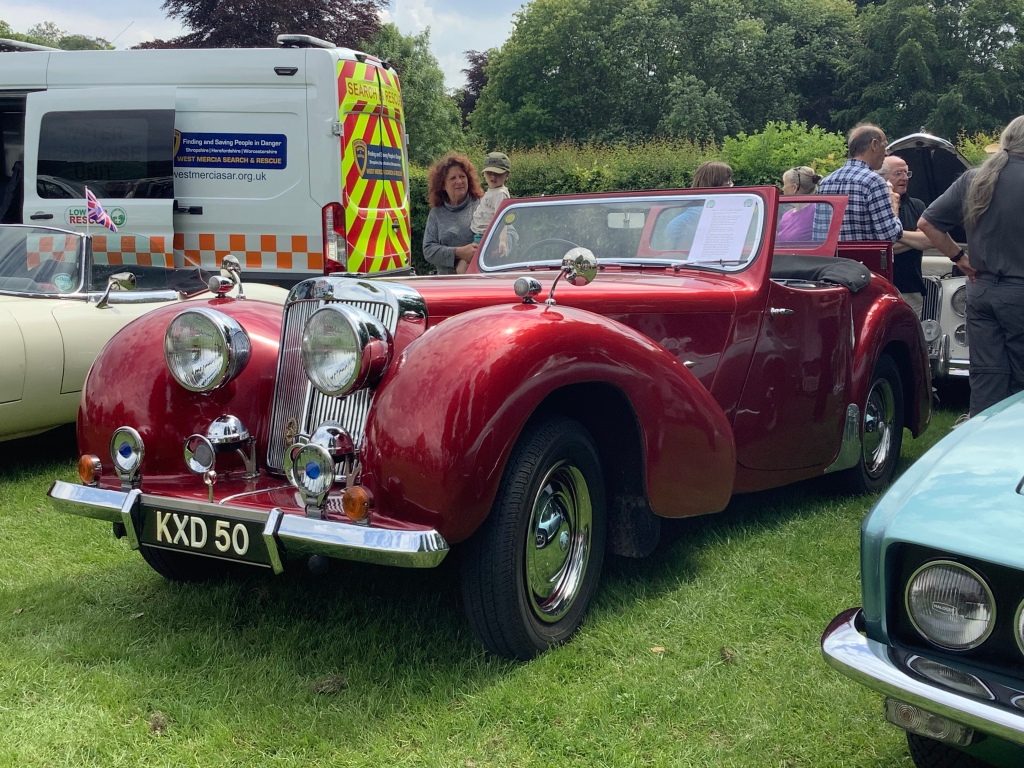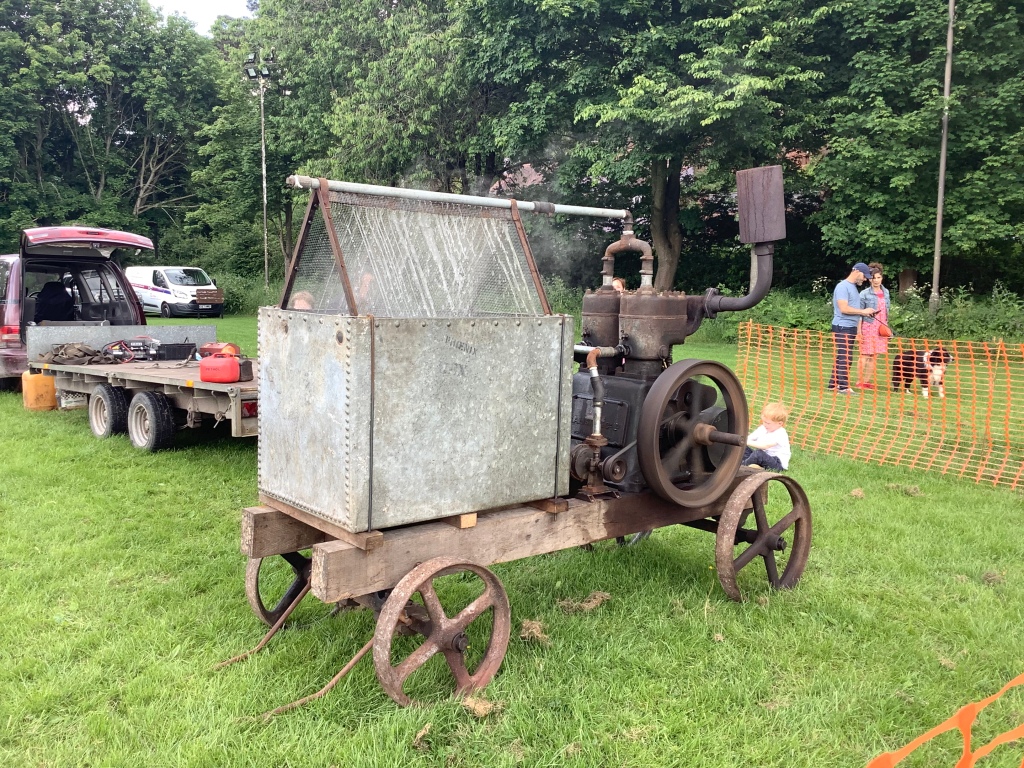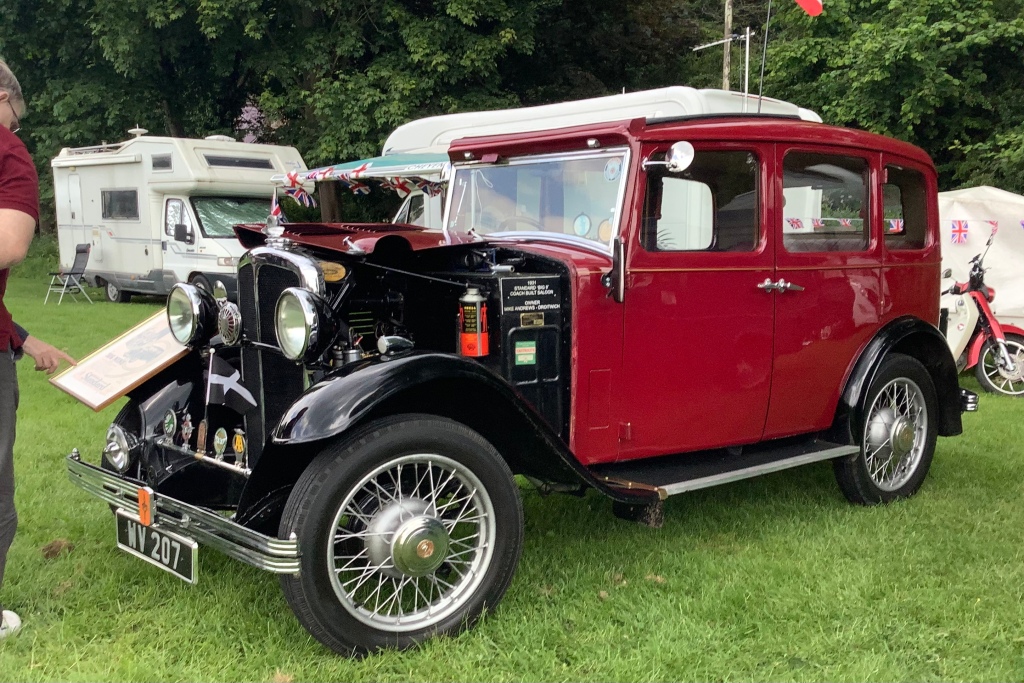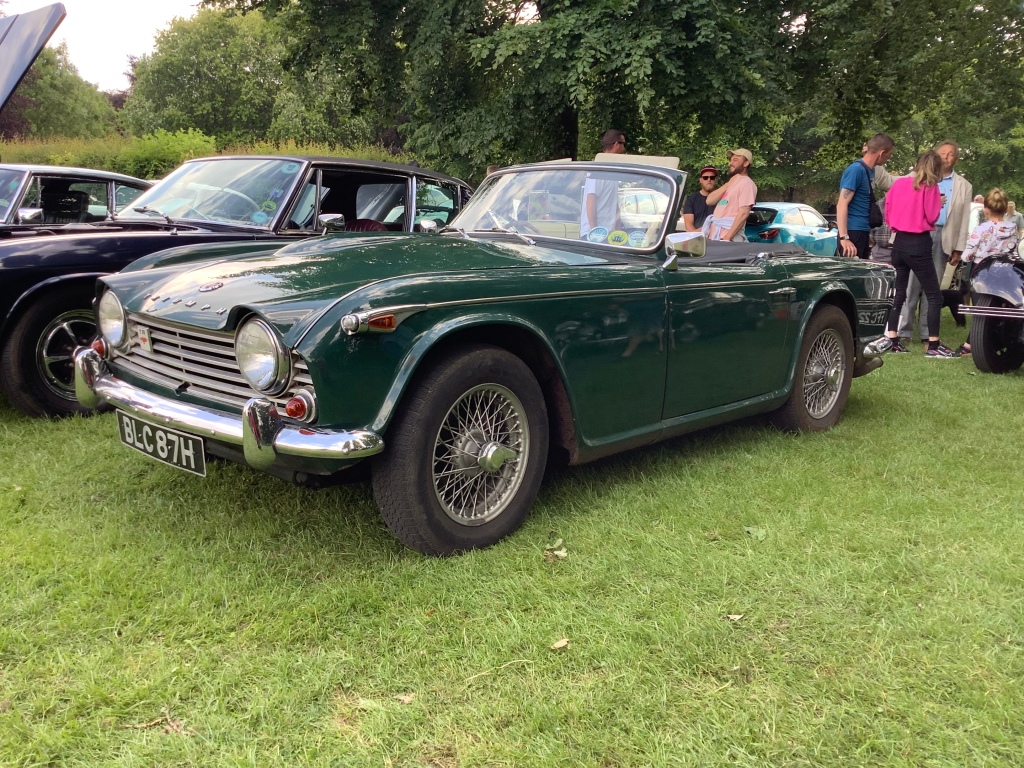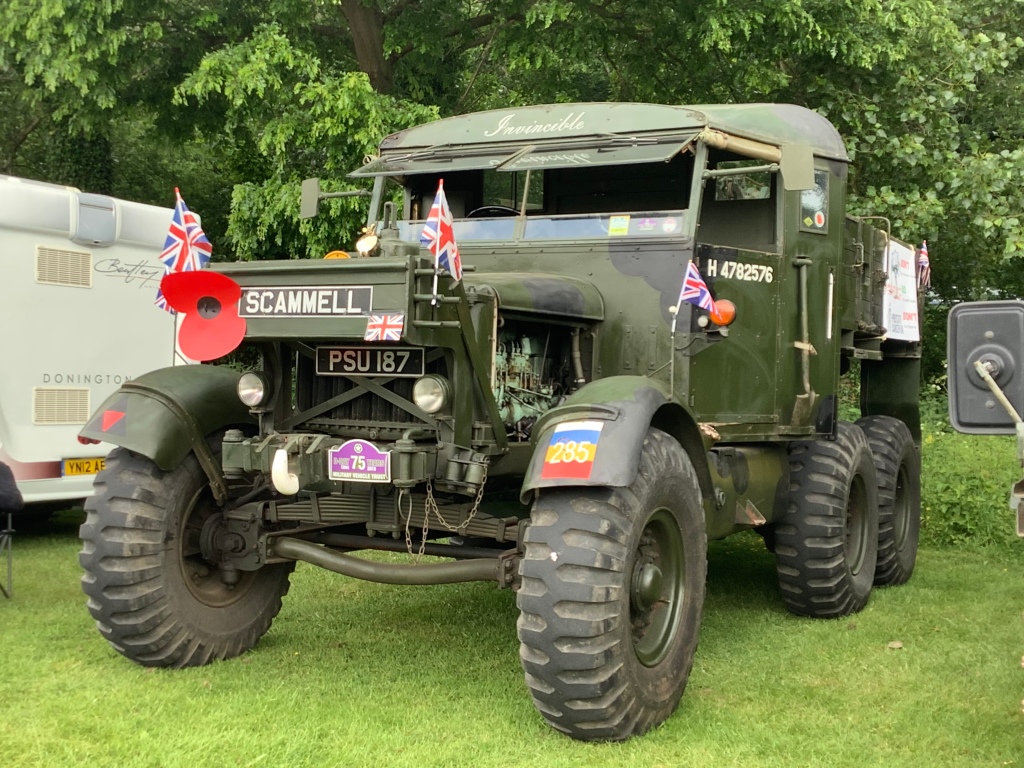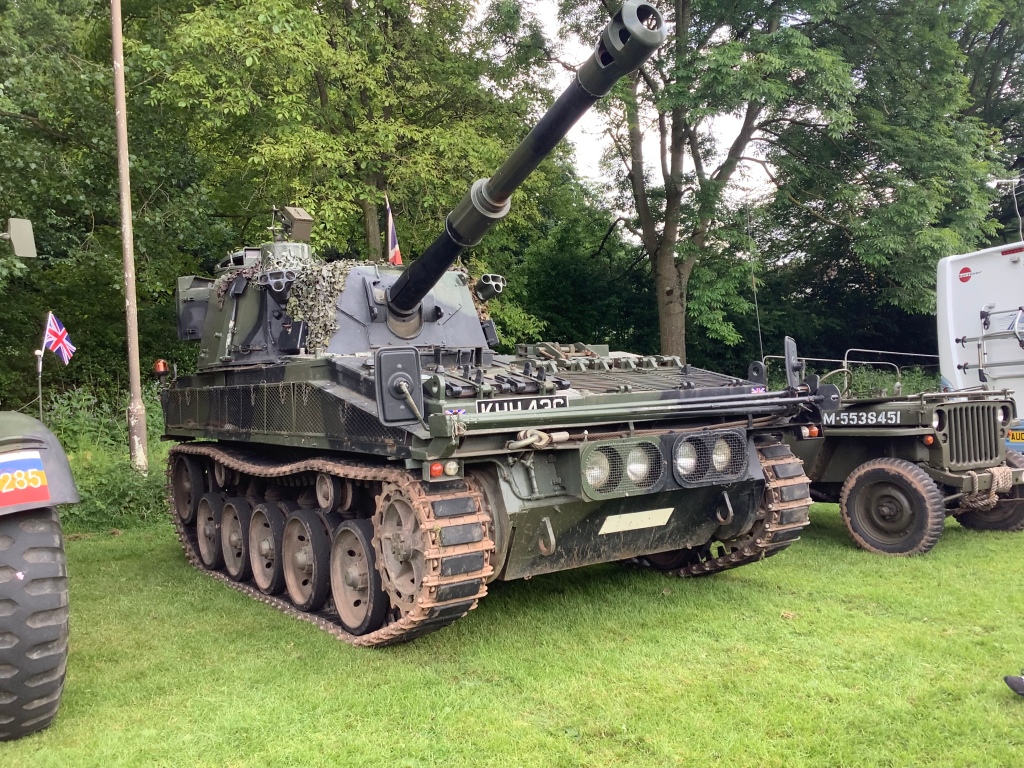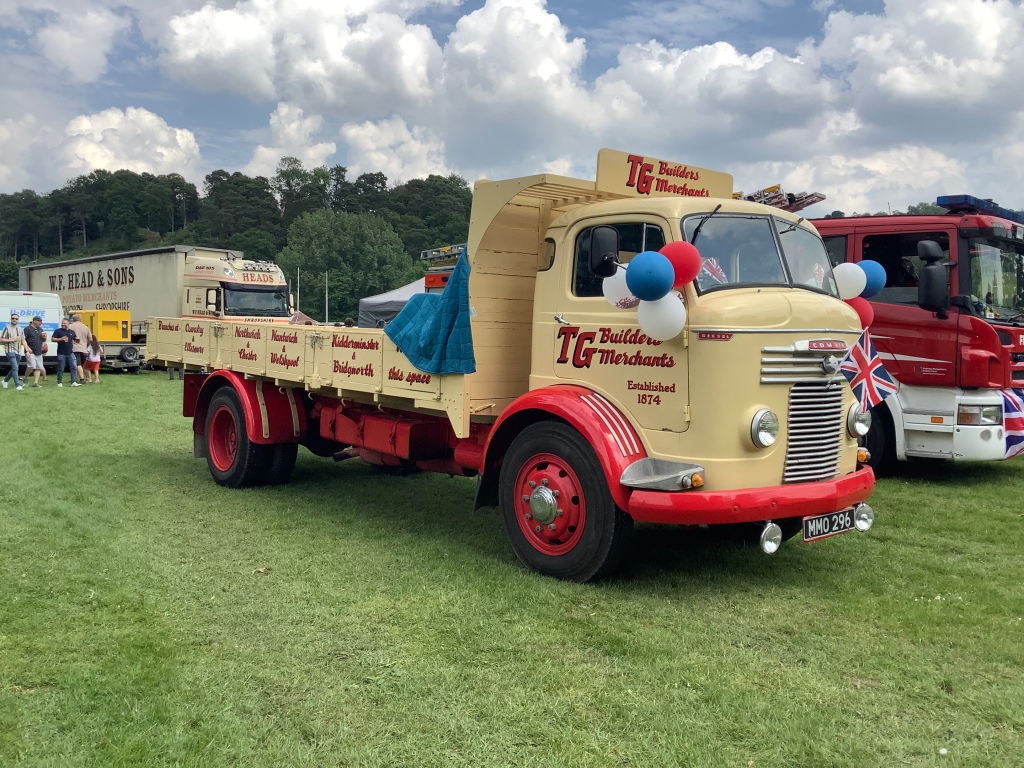Current king of the United Kingdom Charles III (Charles Philip Arthur George) was born 14 November 1948. He is the eldest child and was is the longest-serving heir apparent in British history, having held the position since 1952 and also the oldest heir to the throne since 1714, He became the oldest person to accede to the British throne following the death of his mother, Elizabeth II, on 8 September 2022. He is the first grandchild of King George VI and Queen Elizabeth and was Baptised in the palace’s Music Room on 15 December 1948. The prince’s godparents were: the King (his maternal grandfather); the King of Norway (his cousin), Queen Mary (his maternal great-grandmother);Princess Margaret (his maternal aunt); Prince George of Greece and Denmark (his paternal great-uncle, the Dowager Marchioness of Milford Haven (his paternal great-grandmother); the Lady Brabourne (his cousin); and the Hon David Bowes-Lyon (his maternal great-uncle’
When Charles was aged three his mother’s accession as Queen Elizabeth II made him heir apparent. As the sovereign’s eldest son, he automatically took the titles Duke of Cornwall, Duke of Rothesay, Earl of Carrick, Baron of Renfrew, Lord of the Isles and Prince and Great Steward of Scotland, in addition to being a prince of the United Kingdom. Charles attended his mother’s coronation at Westminster Abbey on 2 June 1953. A governess, Catherine Peebles, was appointed and undertook his education between the ages of five and eight. In 1955 Buckingham Palace announced that Charles would attend school rather than have a private tutor. Charles was created Prince of Wales and Earl of Chester on 26 July 1958. Though his investiture was not conducted until 1 July 1969 in a televised ceremony held at Caernarfon Castle.The following year he took his seat in the House of Lords and became the first member of the Royal Family since King George I to attend a British Cabinet meeting, having been invited by Prime Minister James Callaghan. Charles first attended Hill House School in west London, Charles then attended two of his father’s former schools, Cheam Preparatory School in Berkshire, England, and Gordonstoun School which his father, Prince Philip, Duke of Edinburgh, had attended as a child, and which he described as “Colditz in kilts”.
He spent two terms in 1966 at the Timbertop campus of Geelong Grammar School in Victoria, Australia, during which time he visited Papua New Guinea on a school trip with his history tutor, Michael Collins Persse. Upon his return to Gordonstoun, Charles emulated his father in becoming Head Boy. He left in 1967, with six GCE O-levels, and two A Levels in history and French at grades B and C respectively Charles proceeded straight from secondary school into university, as opposed to joining theBritish Armed Forces. In October 1967, the Prince was admitted to Trinity College, Cambridge University, where he readanthropology, archaeology, and history. During his second year, Charles attended the University College of Wales in Aberystwyth, studying Welsh history and language for a term. He graduated from Cambridge with a 2:2 Bachelor of Arts In 1970, the first heir apparent to earn a university degree. In 1975, he was awarded a Master of Arts degree from Cambridge, per the university’s tradition. After earning a bachelor of arts degree from Trinity College, Cambridge, Charles served in the Royal Navy from 1971 to 1976 After requesting and receiving Royal Air Force training during his second year at Cambridge, he flew himself to the Royal Air Force College Cranwell to train as a jet pilot. Following the passing-out parade that September, he embarked on a naval career, enrolling in a six-week course at the Royal Naval College Dartmouth and then serving on the guided missile destroyer HMS Norfolk (1971–1972) and the frigates HMS Minerva (1972–1973) and HMS Jupiter (1974). He also qualified as a helicopter pilot at RNAS Yeovilton in 1974, just prior to joining 845 Naval Air Squadron, operating from HMS Hermes. In 1976, he took command of the coastal minehunter HMS Bronington for his last ten months serving actively in the navy. He learned to fly on a Chipmunk basic pilot trainer, a BAC Jet Provost jet trainer, and a Beagle Basset multi-engine trainer; he then regularly flew the Hawker Siddeley Andover, Westland Wessex and BAe 146 aircraft.
Charles also began to take on more public duties, founding The Prince’s Trust in 1976. & expressed an interest in serving as Governor-General of Australia. After founding The Prince’s Trust in 1976, Charles has established sixteen more charitable organisations, and now serves as president of all of those Together, these form a loose alliance called The Prince’s Charities, which describes itself as “the largest multi-cause charitable enterprise in the United Kingdom, raising over £100million annually … [and is] active across a broad range of areas including education and young people, environmental sustainability, the built environment, responsible business and enterprise and international. The Prince’s Charities Canada was established in a similar fashion to its namesake in the UK. Charles is also patron of over 350 other charities and organisations, and carries out duties related to these throughout the Commonwealth realms; for example, he uses his tours of Canada as a way to help draw attention to youth, the disabled, the environment, the arts, medicine, the elderly, heritage conservation, and education. In Canada, Charles has supported humanitarian projects, for example taking part, along with his two sons, in the ceremonies marking the 1998 International Day for the Elimination of Racial Discrimination. In 2013, Charles donated an unspecified sum of money to the British Red Cross Syria Crisis appeal and DEC Syria appeal, which is run by 14 U.K charities to help victims of Syria’s ongoing humanitarian crisis.Charles was one of the first world leaders to express strong concerns about the human rights record of Romanian dictator Nicolae Ceauşescu, initiating objections in the international arena, and subsequently supported the FARA Foundation a charity for Romanian orphans and abandoned children. .
The Prince of Wales has openly expressed his views on architecture and urban planning, asserting that he “cares deeply about issues such as the environment, architecture, inner-city renewal, and the quality of life and his interests encompass a range of humanitarian and social issuesTwo of his charities (The Prince’s Regeneration Trust and The Prince’s Foundation for Building Community) promote his views, on archetechture and the environment. He has long championed organic farming and sought to raise world awareness of the dangers facing the natural environment, such asclimate change. As an environmentalist, he has received numerous awards and recognition from environmental groups around the world. His 2010 book, Harmony: A New Way of Looking at Our World, won the Nautilus Book Award. He has been outspoken on the role of architecture in society and the conservation of historic buildings, and produced a book on the subject called A Vision of Britain: A Personal View of Architecture in 1989. He has also promoted herbal and other alternative medical treatment. Charles helped establish a national trust for the built environment in Canada after lamenting, in 1996, the unbridled destruction of many of the country’s historic urban cores.
He offered his assistance to the Department of Canadian Heritage in creating a trust modelled on Britain’s National Trust, a plan that was implemented with the passage of the 2007 Canadian federal budget. In 1999, the Prince agreed to the use of his title for the Prince of Wales Prize for Municipal Heritage Leadership, awarded by the Heritage Canada Foundation to municipal governments that have shown sustained commitment to the conservation of historic places. While visiting the United States and surveying the damage caused by Hurricane Katrina, Charles received the National Building Museum’s Vincent Scully Prize in 2005, for his efforts in regard to architecture; he donated $25,000 of the prize money towards restoring storm-damaged communities.From 1997, the Prince of Wales has visited Romania to view and highlight the destruction of Orthodox monasteries and Transylvanian Saxon villages during the Communist rule ofNicolae Ceauşescu.] Charles is patron of the Mihai Eminescu Trust, a Romanian conservation and regeneration organisation and has purchased a house in Romania. Charles also has “a deep understanding of Islamic art andarchitecture”, and has been involved in the construction of a building and garden at the Oxford Centre for Islamic Studies that combine Islamic and Oxford architectural styles. In 2010, The Prince’s Foundation for the Built Environment decided to help reconstruct and redesign buildings in Port-au-Prince, Haiti after the capital was destroyed by the 2010 Haiti earthquake
In 1980, he wrote a children’s book titled The Old Man of Lochnagar which was later adapted into an animation short film, a musical stage play and a ballet. In 1981, he married Lady Diana Spencer and they had two sons, Prince William, Duke of Cambridge (born 1982), and Prince Harry of Wales (born 1984). In 1996, the couple divorced, following well-publicised extra-marital affairs. The following year, the Princess of Wales died in a car crash. In 2005, he married Camilla Parker Bowles in a civil ceremony followed by a televised blessing service. Camilla uses the title Duchess of Cornwall.
On 16 June 2012, the Queen awarded the Prince of Wales honorary five-star rank in all three branches of the British Armed Forces, “to acknowledge his support in her role as Commander-in-Chief.” He became a field marshal, an admiral of the fleet and amarshal of the Royal Air Force. He has held substantive ranks in the armed forces of a number of countries since he was made a flight lieutenant in the Royal Air Force in 1972. Since 2009, Charles holds the second-highest ranks in all three branches of the Canadian Forces. Charles’s first honorary appointment in the armed forces was as Colonel-in-Chief of the Royal Regiment of Wales in 1969; since then, the Prince has also been installed as Colonel-in-Chief, Colonel, Honorary Air Commodore, Air Commodore-in-Chief, Deputy Colonel-in-Chief, Royal Honorary Colonel, Royal Colonel, and Honorary Commodore of at least 32 military formations throughout the Commonwealth, including the Royal Gurkha Rifles, which is the only foreign regiment in the British army.He has been inducted into seven orders and received eight decorations from the Commonwealth realms, and has been the recipient of 20 different honours from foreign states, as well as nine honorary degrees from universities in the United Kingdom, Australia and New Zealand
As Prince of Wales, Charles undertakes official duties on behalf of his mother and the Commonwealth realms. He officiates at investitures and attends the funerals of foreign dignitaries. At the funeral of Pope John Paul II, Charles unintentionally caused controversy when he shook hands with Robert Mugabe, the President of Zimbabwe, who had been seated next to him. The Prince finds the current Zimbabwean regime abhorrent. He has supported the Zimbabwe Defence and Aid Fund which works with those being oppressed by the regime. The Prince also recently met Pius Ncube, the Archbishop of Bulawayo, an outspoken critic of the government.”Both Charles and the Duchess of Cornwall travel abroad on behalf of the United Kingdom. The Prince has been regarded as an effective advocate of the country, with his visit to the Republic of Ireland, where he delivered a personally researched and written speech on Anglo-Irish affairs that was warmly received by Irish politicians and the media, being cited as an example. Prince Charles makes regular tours of Wales, fulfilling a week of engagements in the principality each summer, and attending important national occasions, such as opening the Senedd.
In 2000, Charles revived the tradition of the Prince of Wales having an official harpist, in order to foster Welsh talent at playing the harp, the national instrument of Wales. He and the Duchess of Cornwall also spend one week each year in Scotland, where the Prince is patron of several Scottish organisations. His service to the Canadian Armed Forces also permits him to be informed of troop activities, and allows him to visit these troops while in Canada or overseas, taking part in ceremonial occasions, such as placing a specially commissioned wreath, made from vegetation taken from French battlefields, at the Canadian Tomb of the Unknown Soldier and in 1981 he became the patron of the Canadian Warplane Heritage Museum. In 2010, he represented the Queen at the opening ceremony of the 2010 Commonwealth Games in Delhi, India. He attends official events in the United Kingdom in support of Commonwealth countries, such as the Christchurch earthquake memorial service at Westminster Abbey in 2011 On 16 November 2011, he attended a special service at Westminster Abbey celebrating the 400th anniversary of the King James Bible in the presence of the Queen and the Duke of Edinburgh The Prince of Wales and the Duchess of Cornwall attended the enthronement of the Archbishop of Canterbury Justin Welby at Canterbury Cathedral on 21 March 2013. ThePrince of Wales represented the Queen at the Commonwealth Heads of Government Meeting 2013,
From his youth the Prince had been avid player of competitive polo until 1992, breaking his arm in 1990, and becoming briefly unconscious after a fall in 2001. He then played for charity until 2005. Charles also frequently took part in fox hunting, before the sport was banned in the United Kingdom in 2005. The Prince has been a keen salmon angler since youth and, frequently fishes the River Dee in Aberdeenshire, Scotland, Charles is a supporter of Burnley Football Club. The Prince is also President or Patron of more than 20 performing arts organisations, including the Royal College of Music, the Royal Opera, the English Chamber Orchestra, the Philharmonia Orchestra, Welsh National Opera, and the Purcell School. As an undergraduate at Cambridge he played cello, and has sung with the Bach Choir twice. He is a fan of Canadian singer-songwriter Leonard Cohen. He founded The Prince’s Foundation for Children and The Arts in 2002, to help more children experience the arts first-hand. He is President of the Royal Shakespeare Company and attends performances in Stratford-Upon-Avon, supports fundraising events and attends the company’s annual general meeting. He enjoys comedy, and became a member of The Magic Circle after passing his audition in 1975 by performing the “cups and balls” effect
Prince Charles is also keen and accomplished painter and has exhibited and sold a number of his works, and published many books. In 2001, 20 lithographs of his watercolour paintings illustrating his country estates were exhibited at the Florence International Biennale of Contemporary. He was awarded the 2011 Montblanc de la Culture Arts Patronage Award by the Montblanc Cultural Foundation for his support and commitment to the arts. Upon moving into Highgrove House, he became interested in organic farming, and launched his own organic brand, Duchy Originals. The Prince of Wales also became involved with farming and various industries within it, regularly meeting with farmers to discuss their trade. In 2004, he founded the Mutton Renaissance Campaign, which aims to support British sheep farmers and make mutton more attractive to Britons. In 2007 he received the 10th annual Global Environmental Citizen Award from the Harvard Medical School’s Center for Health and the Global Environment, In 2007, Charles launched The Prince’s May Day Network, which encourages businesses to take action on climate change. He also spoke of the need to protect fisheries, the Amazon rain forest, and to make low-carbon emissions affordable and competitive. In 2011, Charles received the Royal Society for the Protection of Birds Medal for his engagement with the environment, such as the conservation of rainforests.



